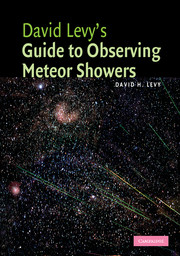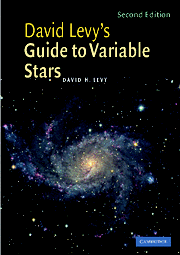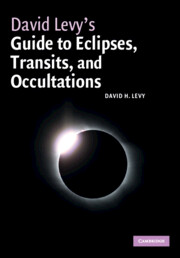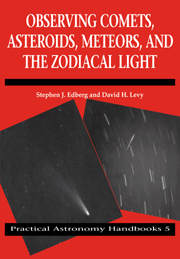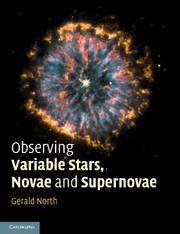David Levy's Guide to Observing Meteor Showers
Meteors occur when a meteoroid, a speck of dust in space, enters the Earth's atmosphere. The heat generated when this happens causes the surrounding air to glow, resulting in 'shooting stars'. During the most spectacular meteor storms larger particles give rise to fireballs and firework-like displays! Meteors are a delightful observing field - they do not require a telescope, and they can be seen on any clear night of the year, even in bright twilight. It was the sight of a single meteor that inspired David Levy to go into astronomy, and in this book he encourages readers to go outside and witness these wonderful events for themselves. This book is a step-by-step guide to observing meteors and meteor showers. Any necessary science is explained simply and in clearly understandable terms. This is a perfect introduction to observing meteors, and is ideal for both seasoned and budding astronomers.
- Author is a famous astronomy writer, one of the most successful comet discoverers in history
- A step-by-step guide, ideal for beginners as well as seasoned sky-watchers
- Written in a friendly conversational style - any necessary science is explained simply and clearly
Reviews & endorsements
'Any necessary science is explained simply and in clearly understandable terms for both seasoned and budding astronomers.' Spaceflight
'David Levy is one of the best known of all observers of comets and meteors. … In this book he gives his personal reminiscences of annual meteors, not only those which are well-known … but also those which are less familiar … There are good introductory pages for the newcomer, but this is not a textbook for the serious observer it is essentially personal - and every shower has its own characteristics. … Levy tells us how exciting meteor observing can be, and I can say, without reservation, that this is one of the most enjoyable books that I've read for a long time.' Patrick Moore, BBC Sky at Night
'David Levy's Guide to Observing Meteor Showers clearly shows the author's enthusiasm for the subject, and will hopefully encourage new observers to get involved.' Neil Bone, Astronomy Now
Product details
November 2007Paperback
9780521696913
138 pages
246 × 172 × 7 mm
0.298kg
28 b/w illus.
Out of stock in print form with no current plan to reprint
Table of Contents
- Preface
- 1. July 4, 1956
- 2. What is a meteor?
- 3. Some historical notes
- 4. Small rocks and dust in space
- 5. Observing meteors
- 6. Recording meteors
- 7. Quadrantids
- 8. Lyrids
- 9. The Eta Aquarids
- 10. The Omicron Draconids
- 11. Delta Aquarids
- 12. Perseids
- 13. The Gamma Pavonids
- 14. Orionids
- 15. Taurids
- 16. Leonids
- 17. Geminids
- 18. Ursids
- 19. Meteor showers throughout the year
- Appendix.

